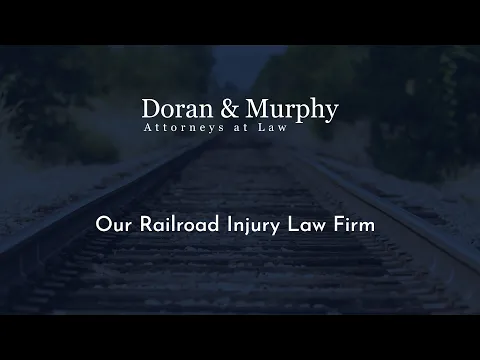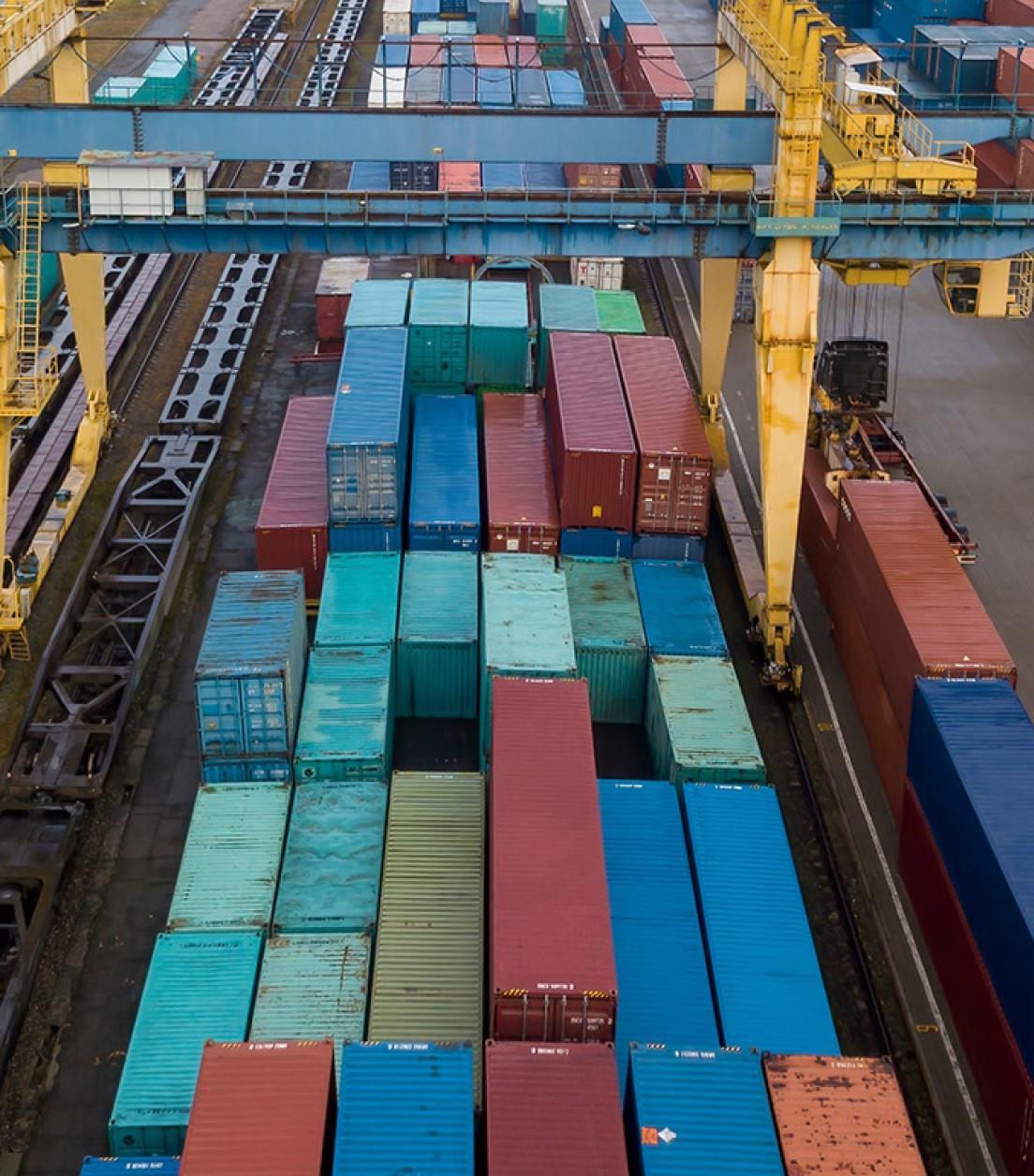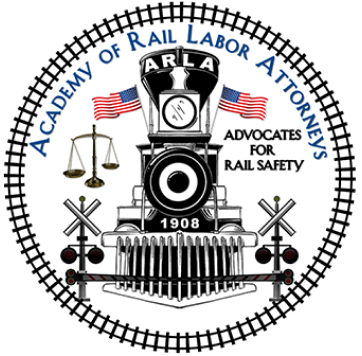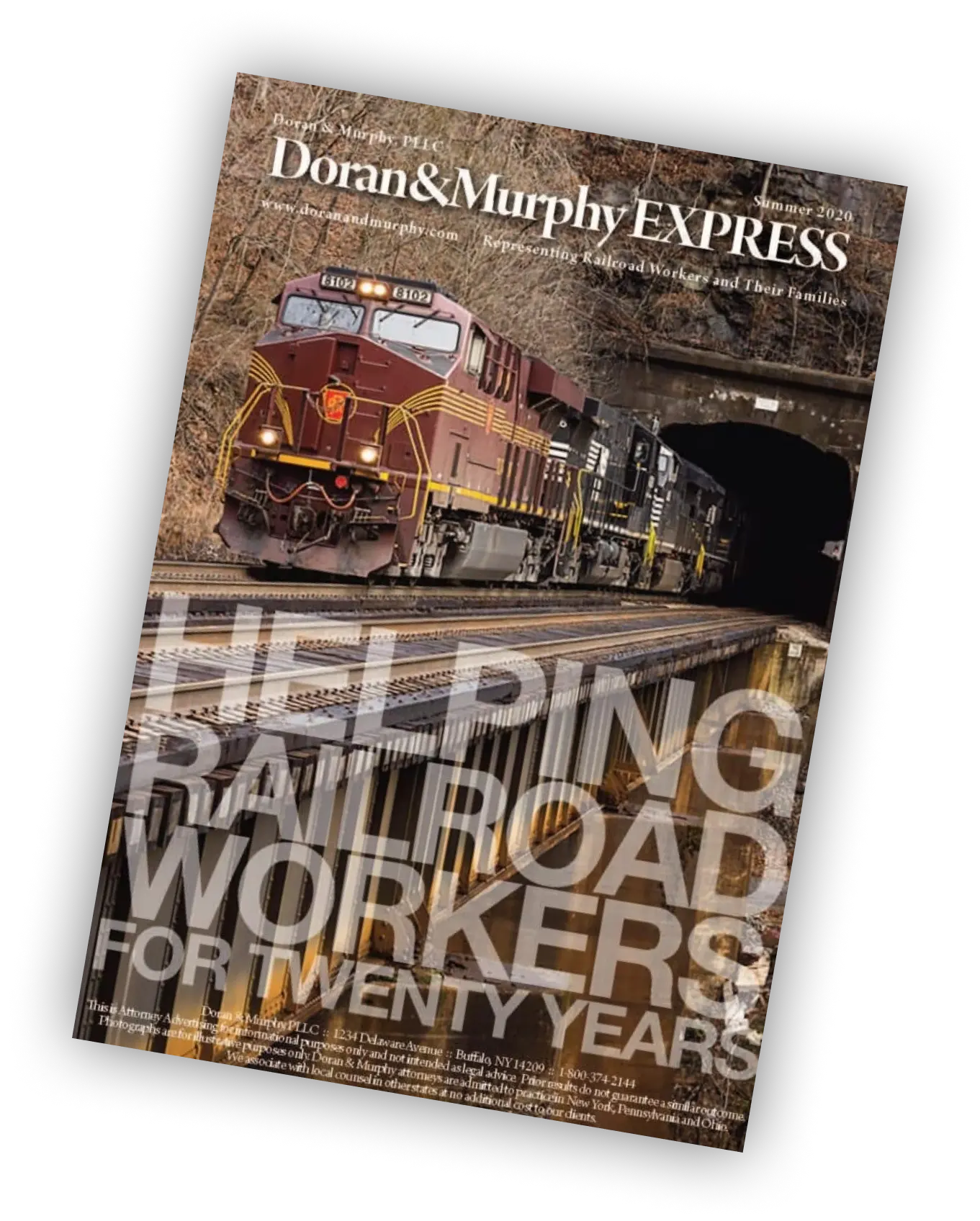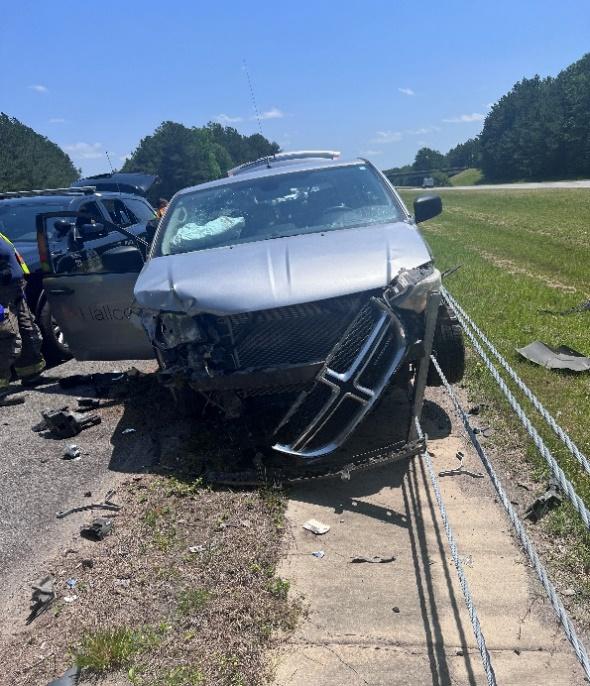Railroad workers, including engineers, conductors, carmen, trackmen, machine operators, bridge and building workers, mechanics, pipefitters, electricians, laborers, and signal maintainers, play an essential role in the American economy. Despite their vital importance, railroad workers are often neglected when it comes to workplace safety and their ability to obtain compensation following a workplace injury or occupational disease, such as cancer. A railroad injury lawyer may be able to help you to obtain the compensation that you need after suffering an on-the-job illness or injury.
Federal laws exempt most railroad companies from local workers’ compensation laws and require injured employees to file claims against their railroad employers for any damages that result from workplace injuries or disease. This can be discouraging to many injured railroad workers. A diligent railroad injury attorney can explain the law, gather essential evidence, and pursue negligent railroads for maximum compensation.

